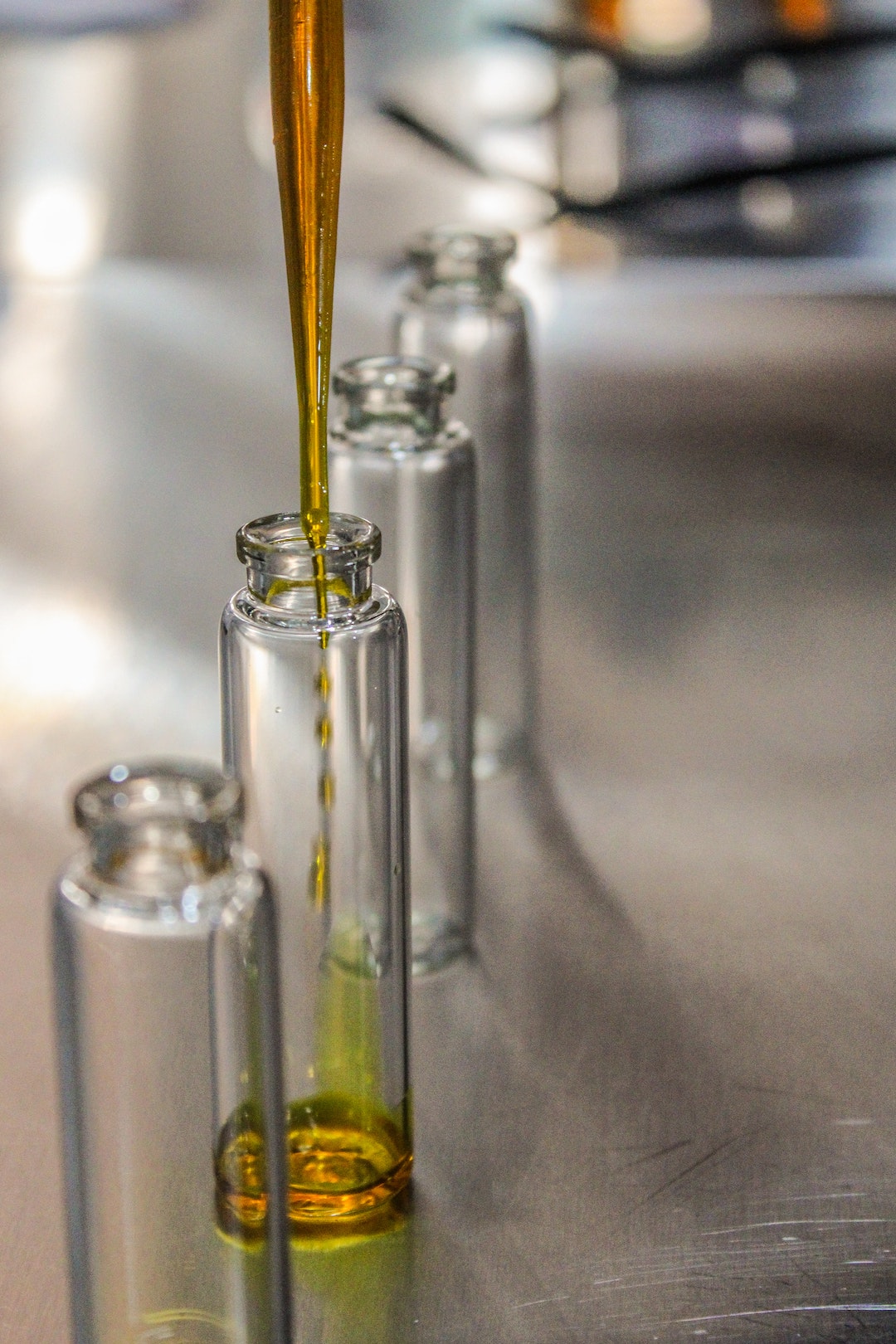
香水の歴史と合成香料について
香水の起源は古代エジプトにさかのぼります。
エジプトの貴族は、様々な芳香をもつ植物や花などの自然素材を使用して香りをつけるために油や脂肪と混ぜた香油を作っていたようです。彼らはこれらを身体や髪に塗り、宗教儀式や葬儀などの特別な場面で使用していました。
その後、ギリシャやローマの文明でも香水が広まりました。ローマ帝国時代には香水は広く使用され、女性が身体に塗るだけでなく、男性も髭に香水をつけたり浴場で使用したりするようになりました。
中世ヨーロッパでは香水は香料として使われるだけでなく、感染症を防ぐためにも使用された実績があるようです。民間療法なんでしょうが香水で感染症が防げればすごく良いですね。(無理でしょうが...)
そしてフランスのルイ14世の時代になると、香水が重要な贅沢品として認識されるようになりました。この時代には、香水は高価であることから、貴族階級や王室にしか使用することができないものでした。
The origin of perfume dates back to ancient Egypt.
Egyptian nobles used natural materials such as plants and flowers with various fragrances to create perfumed oils mixed with oils and fats. They applied these to their bodies and hair, using them for special occasions such as religious rituals and funerals.
Perfume later spread to Greek and Roman civilizations. During the Roman Empire, perfume became widely used, not only by women on their bodies, but also by men who applied it to their beards and used it in the baths.
In medieval Europe, perfume was used not only as a fragrance, but also as a means of preventing infectious diseases. While it may have been considered folk medicine, it would be great if perfume could actually prevent infections. (Although that's probably not possible...)
By the time of Louis XIV in France, perfume had become recognized as an important luxury item. During this time, perfume was so expensive that only the nobility and the royal family could afford to use it.
香水がよりポピュラーな存在になった要因として合成香料の開発が外せません。
合成香料の起源は19世紀にさかのぼります。当時化学技術の進歩によって、自然界から抽出するのが困難であった香料を、化学合成によって製造することが可能になりました。
合成香料の素材は、石油、石炭、天然ガスなどの化石燃料から作られます。これらの原料を化学反応させることで、香りの成分を合成することができます。代表的な合成香料には、ムスク、アンバーなどがあります。これは天然香料として獲得することが困難なので、世にあるムスクとアンバーの香料は合成を使用されています。
The development of synthetic fragrances cannot be ignored as a factor in the increased popularity of perfume. The origin of synthetic fragrances dates back to the 19th century. At that time, advances in chemical technology made it possible to manufacture fragrances through chemical synthesis, which was difficult to extract from nature.
The materials for synthetic fragrances are made from fossil fuels such as petroleum, coal, and natural gas. By chemically reacting these raw materials, fragrance components can be synthesized. Representative synthetic fragrances include musk and amber. These are difficult to obtain as natural fragrances, so the musk and amber fragrances available today are synthesized.
合成香料の作り方は、まず原料から化学的に抽出される成分を分析し、その成分を化学反応によって合成します。具体的には、原料を特殊な溶媒で抽出し、さらに精製を行って、目的の香り成分を取り出します。その後、合成反応を行って、目的の香り成分を作り出します。
このほか「ローズ」「オレンジ」「レモン」などの香りですが、バラやオレンジと同じ香り成分を含む植物から特定の成分を取り出し、それらに似た香りを作りだしている可能性があります。
合成香料は、天然香料に比べて香りのバリエーションが豊富で、複雑な香りも合成できるため、多くの香水や化粧品に使用されています。
天然香料と比較して、より安定性が高く一定の品質を維持しやすいという利点があります。また大量に生産することができるため、香水の製造において重要な役割を担っています。
つまりロットで発注した際も個体差が少なく、常に安定したクオリティで生産されるため、基本的には合成香料が現代では多用されています。
The development of synthetic fragrances is a major factor that contributed to the popularity of perfumes. The origins of synthetic fragrances can be traced back to the 19th century, when advances in chemical technology made it possible to produce fragrances through chemical synthesis, which was previously difficult to extract from natural sources.
The raw materials for synthetic fragrances are derived from fossil fuels such as petroleum, coal, and natural gas. Fragrance components are synthesized through chemical reactions using these materials. Representative synthetic fragrances include musk and amber, which are difficult to obtain from natural sources and are synthesized instead.
To make synthetic fragrances, the components extracted from the raw materials are analyzed and synthesized through chemical reactions. The desired fragrance component is extracted by purifying the raw material with a special solvent. The extracted component is then used to synthesize the desired fragrance through chemical reactions.
Other fragrances such as "rose," "orange," and "lemon" may be produced by extracting specific components from plants that contain the same fragrance components as roses or oranges, for example, and synthesizing fragrances similar to those components.
Synthetic fragrances are widely used in many perfumes and cosmetics because they offer a wider range of fragrance variations and can produce complex scents. They are also more stable and can maintain consistent quality compared to natural fragrances. Furthermore, they can be mass-produced, making them essential in the production of perfumes.
In other words, synthetic fragrances are widely used in modern times because they can be produced in large quantities with consistent quality, with little variation between batches.